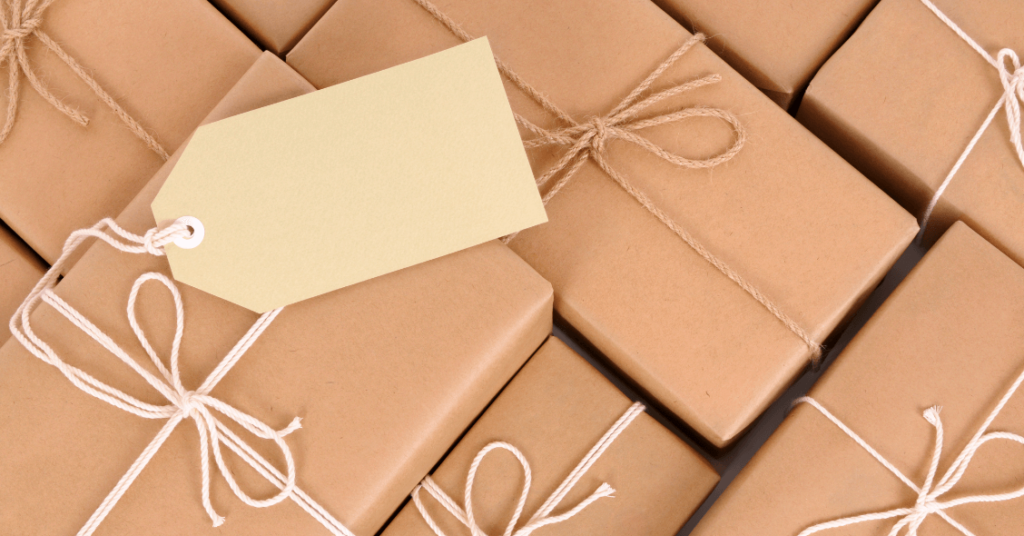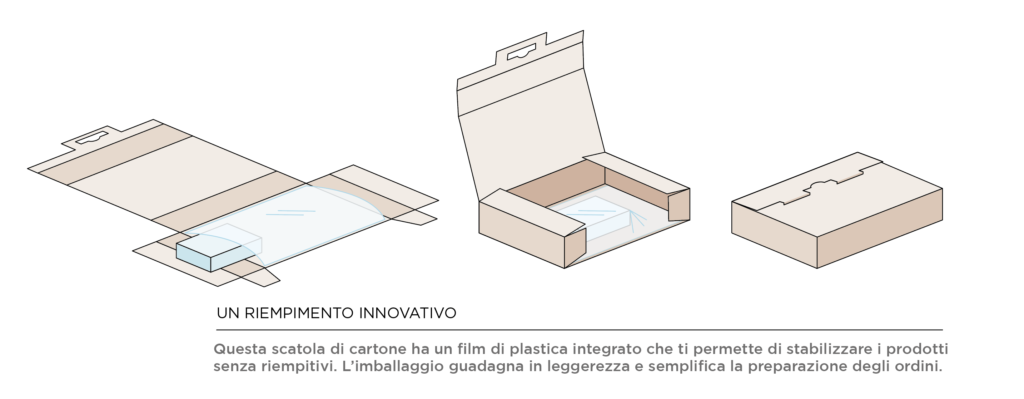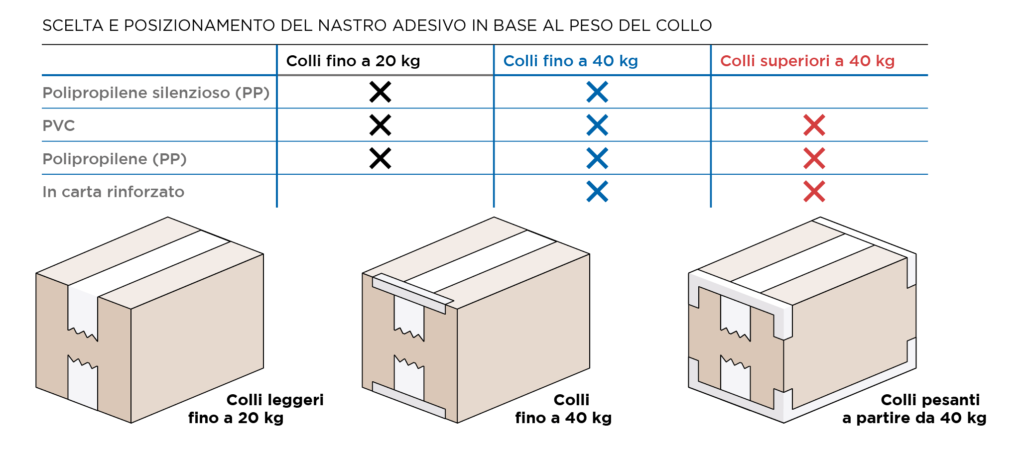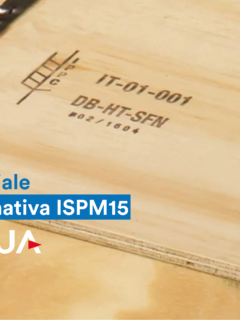According to the study ‘Packaging for e-Commerce Success‘, 66% of consumers believe that packaging shows how the seller takes care of them and their orders. At a time of continuous growth in e-commerce, this aspect is vital for businesses.
Packaging a product requires several steps, all of equal importance.
Follow our step-by-step guide to making a perfect package.

Ask yourself the right questions
Packing a product in the right way might seem very simple, but in reality, proper care must be taken. Before proceeding, some basic questions must be asked. Here is a list:
- What: what is your product?
- Where: where do you send it?
- When: what is your timeframe?
- How: how are you going to ship it? By courier, by post…?
- How many: how many products should you put in the parcel?
- Why: why choose one type of box or filler over another?
First step: the choice of packaging
This first step partly answers the question: “What do you put in your boxes?”.
The wrong choice of packaging can have negative consequences on the state of your package at the time of delivery: a crushed, ruined box is likely to disappoint the consumer.
To avoid this, you have to think:
To the type of packaging (box, envelope, tube, etc.)
What is the product you are shipping?
This question determines the nature of the packaging you will use. In fact, a fragile product needs strong packaging, whereas a product that is not likely to break (a jumper, for example) can be sent safely in a plastic bag.
There are different types of cardboard to choose from depending on the type of product and transport conditions: one, two or three waves. Always bear in mind that packages will be handled, loaded and unloaded more or less carefully along the way!
To the size of the packaging
The perfect parcel is the right size. If the box is too big you risk both wasting filler and damaging your product.
Try our tool to find the perfect box size in just one click.
Second step: stabilise and protect the product
Now that you have chosen packaging that is the right size and strong enough to protect the product, you have to think about filling.
There are various types of filling on the market to stabilise your products: kraft paper, bubble paper, air cushions, foam, etc.

Having reached this point, you must ask yourself the first question again, namely:
What type of product should I send?
- If theitem is fragile, choose an effective protection such as bubble wrap;
- If the item is not fragile but is at risk of damage by banging against the box walls, opt for a filling solution such as Kraft paper or air cushions.
Step three: finalise packaging
Again, you may be faced with several scenarios, e.g. one delicate item to be packed, or several products to be put in the same parcel .
In the latter case, you can secure them together according to their weight and shape: the heaviest item must be placed first and must be placed on the base of the box so as not to crush the others.
Step four: close the package
Now that your product is in the appropriate packaging and protected by an effective filling, you can close your package:
With adhesive tape: choose a solid one, at least 5 cm wide, so that it prevents the box from opening. You can close the box in different ways:
- L: light products
- A U: heavy products or light products with difficult transport
- Combining L and U: for transporting heavy products
- a H: very safe and suitable method for all products.

> Read also: How to choose adhesive tape?
With strapping: once strapped, your parcel will be safe. This method, however, is more suitable for a courier delivery method and not by post, because the product could get caught in the conveyor belts and tear.
Step 5: Send the parcel
Most of the work has been done, the parcel is well packed, protected and sealed. Now it must be made sure that it arrives at its destination in good condition!
To make sure this happens, make sure you:
- Insert the recipient’s and sender’s addressesin the envelope, which must be clearly visible
- Consider using labels such as “Fragile“, so that the courier can be more careful during shipment.
The parcel is now ready to be shipped. Thanks to the care you have taken with your packaging, the consumer will be able to open the parcel easily and will recommend your company without hesitation.
In summary:
- Ask yourself the right preliminary questions before packing a product: what, where, when, how, etc. You will thus gain time when preparing orders.
- Think about the nature of the product to be shipped and opt for suitable packaging and fillers.
- Close the package well and put shipping labels on it to make it safer to transport.













